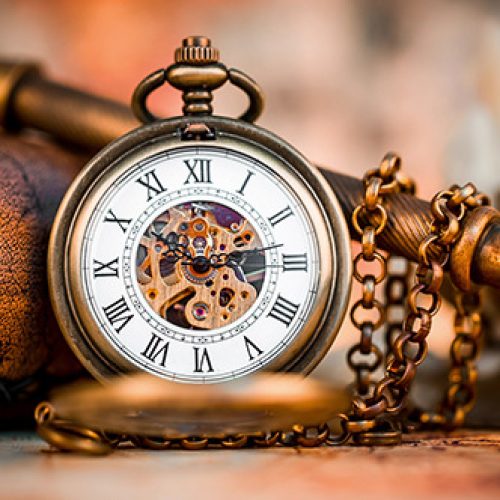Copper is a chemical element with the symbol Cu (Latin: cuprum) and atomic number 29. It is a ductile metal with excellent electrical conductivity and is rather supple in its pure state and has a pinkish luster which is (beside gold) unusual for metals which are normally silvery white. It finds use as a heat conductor, an electrical conductor, as a building material, and as a constituent of various metal alloys. Copper is an essential trace nutrient to all high plants and animals. In animals, including humans, it is found primarily in the bloodstream, as a co-factor in various enzymes, and in copper-based pigments. However, in sufficient amounts, copper can be poisonous and even fatal to organisms.
Copper holds a significant place in the realm of antique metals due to its long history of use by various civilizations, its durability, and its unique aesthetic qualities. Here’s some more information about copper in the context of antiques:
- Historical Significance: Copper has been utilized by humans for thousands of years, dating back to ancient civilizations such as the Egyptians, Greeks, and Romans. It was one of the earliest metals to be used by humans, initially in its native form as nuggets or pieces of pure copper and later through smelting to produce copper metal.
- Applications: Throughout history, copper has been employed for a wide range of applications in both utilitarian and decorative contexts. Antique copper items can include cookware, utensils, vessels, decorative objects, architectural elements, coins, jewelry, and religious artifacts.
- Patina: One of the distinctive features of antique copper is its development of a patina over time. This patina, a surface layer formed through oxidation and exposure to various environmental factors, gives antique copper objects a unique and often desirable appearance. The color of the patina can range from brown to green, depending on the specific conditions under which it forms.
- Craftsmanship: Antique copper items often showcase exceptional craftsmanship, reflecting the skills and techniques of the artisans who created them. Intricate designs, engravings, and embossing are common features found in antique copperware, highlighting the artistic value of these pieces.
- Collectibility: Copper antiques are highly collectible among enthusiasts, antique dealers, and collectors. Items with historical significance, unique designs, or exceptional craftsmanship can command significant value in the antique market.
- Care and Maintenance: Proper care is essential for preserving the beauty and integrity of antique copper items. While some collectors prefer to maintain the original patina, others may choose to clean and polish their copper antiques to restore their shine. Care should be taken to avoid abrasive cleaners or harsh chemicals that could damage the surface of the copper.
Overall, antique copper items offer a tangible connection to the past, providing insights into the lifestyles, technologies, and artistic traditions of earlier generations. Their enduring appeal makes them prized possessions for collectors and enthusiasts alike.









